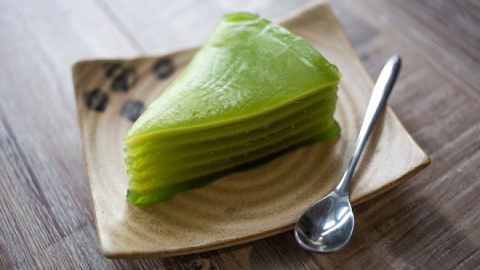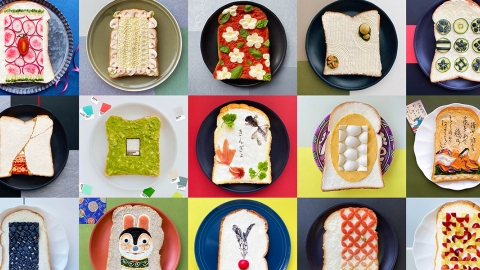rename
Most recently, a food war broke out in July, when the South Korean Ministry of Culture, Sports and Tourism announced that it was revising its official guidelines on “appropriate foreign language” for certain Korean dishes. It stipulated that “xinqi” would be the official name for kimchi when translated and transliterated into Chinese, instead of “pao cai” (fermented pickled vegetables) as in the previous guidelines.
The problem stems from the fact that there is no suitable Chinese character to represent the pronunciation of kimchi. Therefore, the Korean Ministry of Agriculture reviewed about 4,000 Chinese characters before deciding on “xinqi” (辛奇) as the appropriate term to describe this famous Korean dish. The reason is said to be because it sounds like the word “kimchi”. In which, “xinqi” (辛奇) consists of two Chinese characters: “xin” meaning spicy, “qi” meaning unique, or curious.
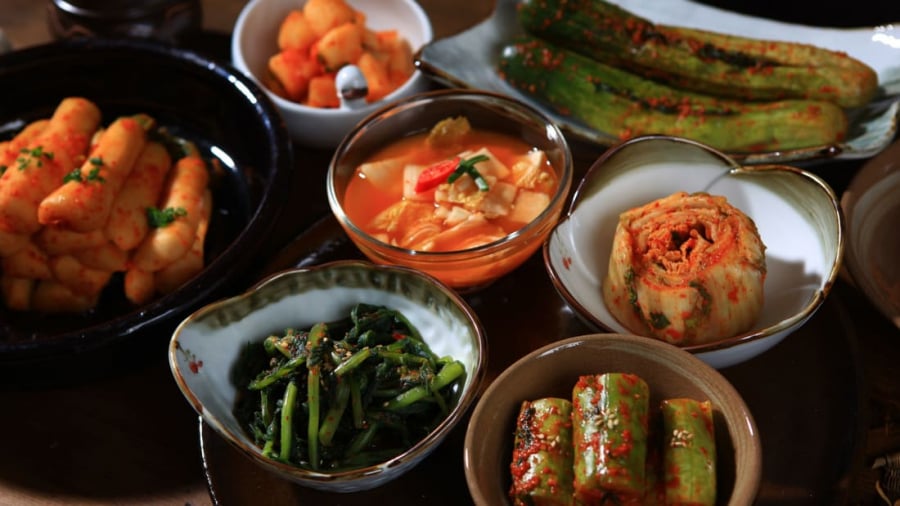
By using the word “xinqi” for kimchi in Chinese, the Korean Ministry of Agriculture hopes to clearly distinguish Korean kimchi and Chinese pao cai, as well as raise awareness of traditional Korean food in the Chinese market.
The new guidelines apply to the Korean government and some exporters, but are only recommendations for private Korean companies that need to translate the word “kimchi” into Chinese. However, the new word has sparked a wave of controversy among media and netizens from both countries.
Distinguish between "kimchi" and "pao cai"
Before we dive into this “battle,” we should understand the difference between kimchi and pao cai.
"Kimchi" is a general term for more than 100 types of fermented vegetables in Korea, however, the most popular is fermented napa cabbage with spices including chili, garlic, ginger and salted seafood. However, there are actually many versions of kimchi made from many different vegetables and the level of spiciness is also very diverse such as chonggak kimchi (fermented radish kimchi) or baek kimchi (non-spicy white cabbage kimchi)...
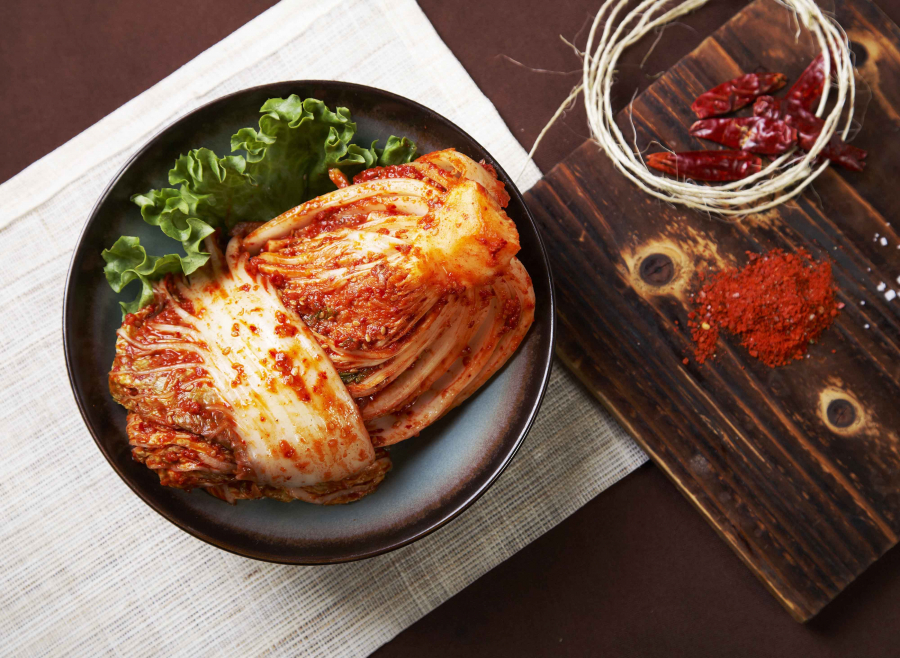
Kimchi

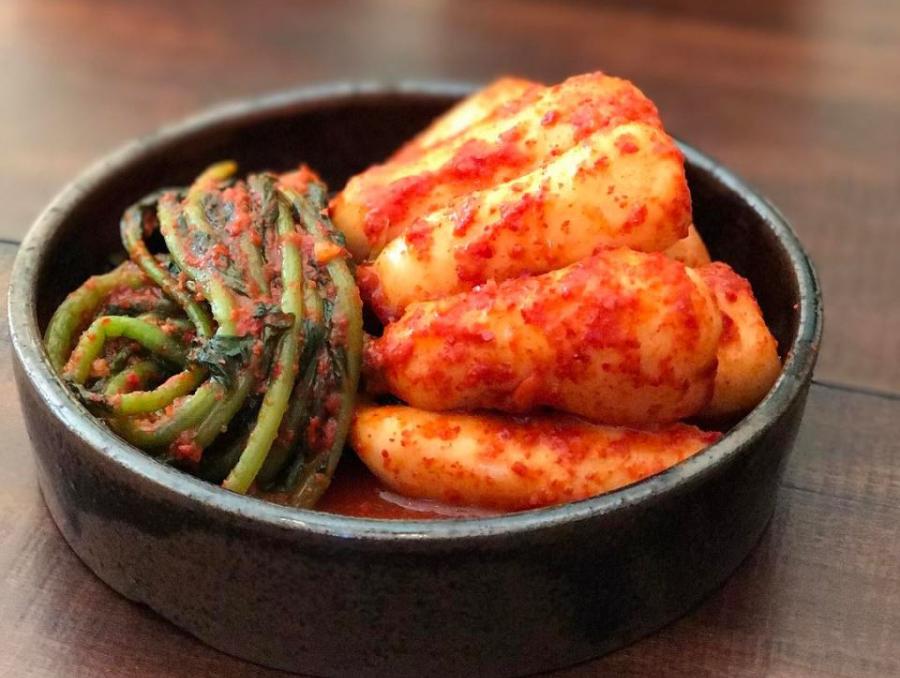
Meanwhile, “pao cai” means “pickled vegetables” in Chinese. These are pickled vegetables (like Vietnamese pickled cabbage) that are usually made by soaking various green vegetables such as cabbages and carrots in a brine solution, with or without spices. The jars of vegetables are then fermented at room temperature.
Because they have some similarities, kimchi is often called "hanguo pao cai", which means "Korean fermented vegetables" in China.
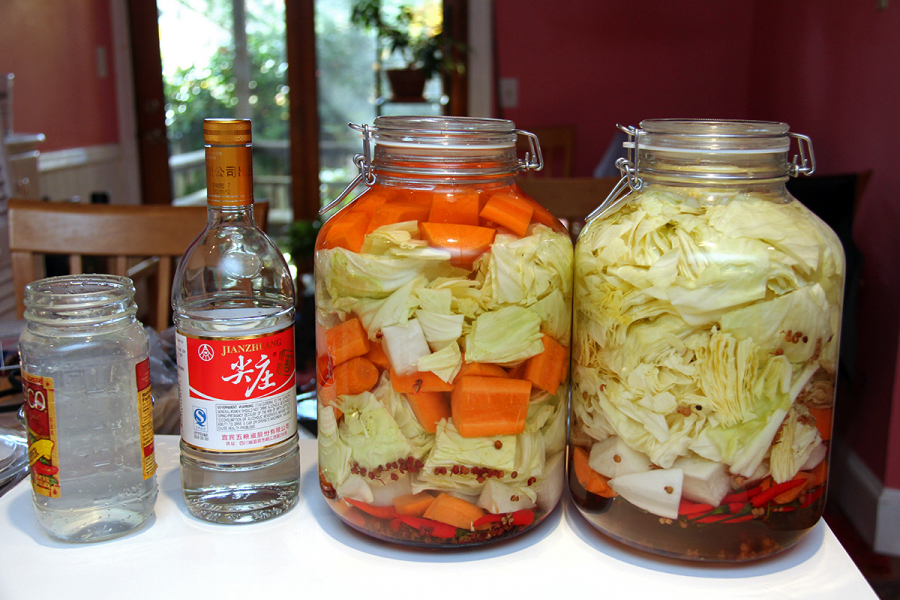
Pao cai
The renaming effort has been going on for nearly 10 years.
This is not the first attempt by South Korea to use the term “xinqi” as the Chinese name for kimchi. In 2013, the Ministry of Agriculture, Food and Rural Affairs lobbied for a new name in response to the growing number of Chinese-made kimchi products in overseas markets, as well as in the domestic market. Since 2006, sales of kimchi products in South Korea have been in deficit compared to Chinese products. Between 2007 and 2011, the number of kimchi products imported from China to South Korea increased at least 10 times.
However, after the official announcement of the new name in 2013, there was an immediate backlash. The Chinese people did not accept it and they continued to use the name "pao cai" to refer to kimchi.
On the other hand, in the same year, Korea also succeeded in making Kimjang - kimchi salting culture - a UNESCO Intangible Cultural Heritage, making this dish a proud cultural symbol of Korea.
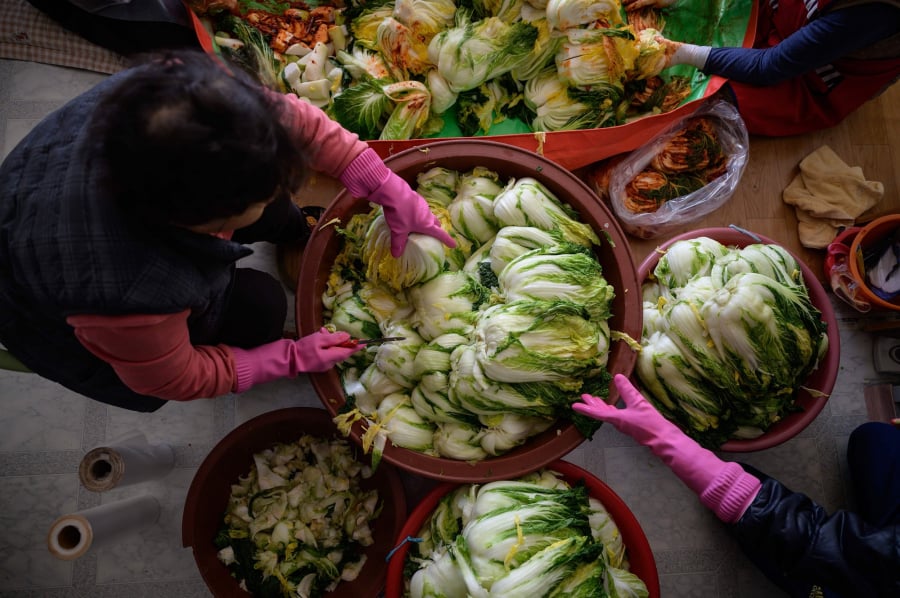

“Kimchi is a national dish of Korea, not only because people eat kimchi at almost every meal, but also because it is the most famous Korean dish in the world. Many Westerners may still not be able to differentiate gimbap from sushi, but they can easily recognize kimchi as coming from Korea,” said Elaine Chung, a lecturer in Chinese Studies at Cardiff University and researcher on East Asia.
Previously, the debate over the name of kimchi mainly took place between netizens of the two countries. However, this time, the level of tension was higher as the issue was brought up in the national media. “The Korean government’s announcement of the new name shows their strong reaction. This shows that they are determined to regain ownership of their traditional dish,” Elaine Chung affirmed.
cultural conflicts arise and continue
Interest in the Chinese name for Korean kimchi has grown significantly following a series of cultural clashes over the past year. In November 2020, China obtained IOS certification for Sichuan pao cai, and the Global Times even wrote: “The international standard for the kimchi industry is led by China.”
Korean netizens and media were not very "happy" at that time, they thought that this report was an attempt to "steal" kimchi and Korean culture. This also sparked sentiment and calls for a boycott of Chinese culture. A video titled "Dirty Kimchi Factory in China" even recorded a scene of a nearly naked man soaking in a pool of cabbage and brown liquid, widely shared on social networks and Korean media, further escalating tensions.

The South Korean government has made efforts to "calm down" by providing a guide to distinguish between kimchi and pao cai. Earlier this year, the Korean National Advertising Agency published a new book on kimchi, which included a section highlighting the differences between pao cai and kimchi.
However, this has not been able to reduce the anger of Korean people, and this dissatisfaction has even spread to the tourism and entertainment sectors. In Korea, the plan to build a Chinatown tourist area in Gangwon Province was postponed in April this year after thousands of netizens signed a petition in protest. Meanwhile, the TV series Joseon Exorcist was stopped after only 2 episodes because too many viewers protested because the costumes, alcohol and food were exactly like Chinese movies.
Will this change be different?
This time, some companies have reacted to the name change. The translation department of Naver, South Korea's largest search engine, changed the Chinese translation of kimchi to "xinqi" instead of "pao cai" as before. In addition, on the Chinese website of food brand Bibigo, the kimchi product is also translated as "xinqi".
Of course, the new name has not yet been well received by the Chinese people. On China's Weibo social network, comments about the new name "xinqi" were mostly negative. Some refused to use the term, saying that kimchi is a derivative of the Chinese dish pao cai. Others said they recognized the difference but did not like the new name. "I don't understand why we have to use the translation 'xinqi' proposed by Koreans. Shouldn't language evolve according to the habits of its users?" one user shared.

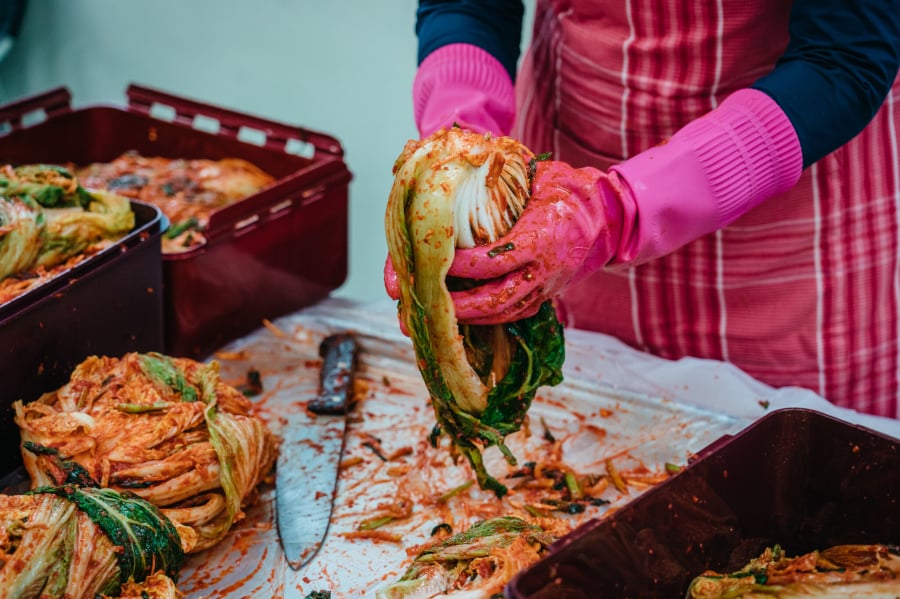
East Asian scholar Elaine Chung notes that the renaming effort failed in 2013 because most Chinese speakers did not use the term. “It’s very difficult to convince people to use a word that has no meaning in Chinese to replace a term they have been familiar with for many years.”
Additionally, the name “xinqi” may not be legally recognized in China. The document issued by the Korean government also stressed that companies exporting kimchi to China must be careful, as the law stipulates that companies must use names familiar to Chinese consumers. That means it is difficult for businesses to use the term “xinqi” alone to describe kimchi; they still need to label it as “pao cai.”
With such cross-border controversies, it’s hard to say whether this attempt to rename Korean kimchi will be more successful. However, Elaine Chung asserts: “It’s almost impossible to quell the ongoing culture wars over this famous dish.”






















